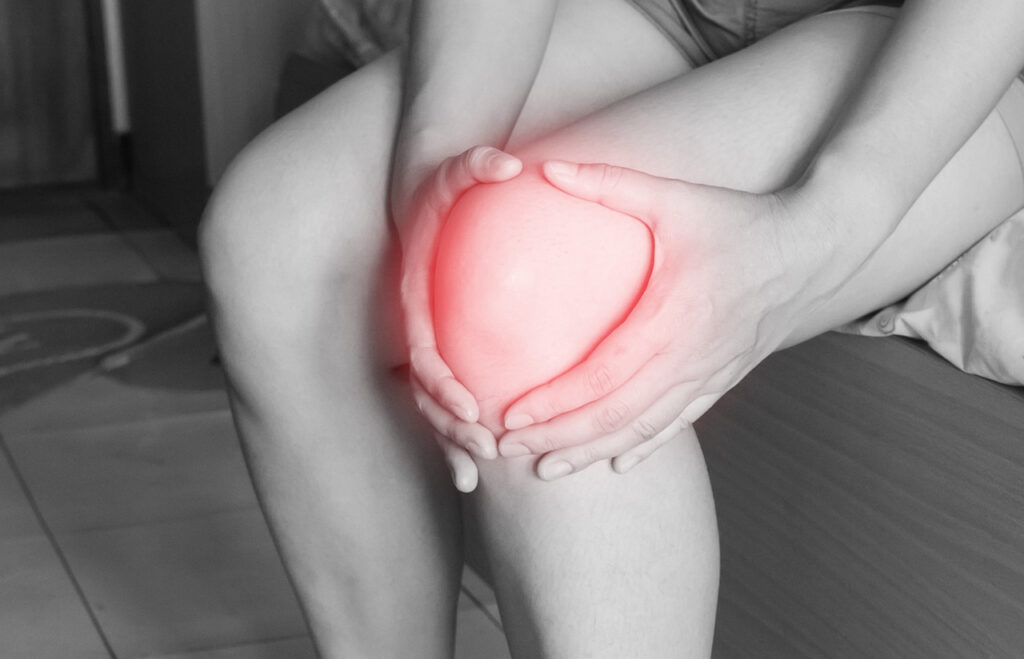Image courtesy of Pixabay (CC0)
Injuries are a natural part of modern life, especially if you are an active person. While they are super frustrating, you should view them as little more than a bump in the road. Once you do, their ability to cause long-term restrictions will be greatly reduced.
Nevertheless, it will be necessary to acknowledge the injury and adapt your program accordingly. Here’s how you can do it in style.
Give yourself time to recover
First and foremost, you must give your body a chance to rest and recuperate after an injury. Rushing back from an injury will significantly increase the risk of a repeat injury. Seeking medical advice from a doctor or a physiotherapist is highly advised. Aside from telling you how long to complete steps like hot/cold therapy, they can show exercises to rebuild strength and movement. You can introduce these over time as advised.
Sleep will be immensely important in the early stages of your rehabilitation too.
Look for low-impact fitness
The harsh reality is that some damage may last forever following injuries like ligament damage. Opting for low-impact exercise will reduce your risk of repeat injuries. Switching to an AlterG Anti-Gravity Treadmill, for example, will take the pressure off of your ankles, knees, and shins. This helps you remain fit without the threat of future injuries, which is ideal for your long-term fitness journey.
You can also incorporate a little swimming into your fitness routines.
Maintain your general health
Taking care of your body as a whole will naturally help you deal with the post-injury period. Keeping your lungs in good health will be very useful when you step back into exercise. Moreover, protecting your posture and maintaining a healthy body weight will work wonders. If nothing else, you’ll feel more comfortable when moving in daily life as well as exercising. A good nutrition plan will directly support your recovery.
The benefits of this step will naturally extend to all aspects of your existence.
Choose supportive attire
Your choice of attire is important at any stage of your fitness journey. However, it plays an even greater role when coming back from an injury. This is the perfect time to get measured for your running shoes, baselayer clothes, and other clothing. Of course, you may also need to wear supportive clothing like knee braces or bandages to promote stability. Once you find the right strategy, stick at it.
Aside from aiding your safety, it’ll promote comfort and improved appearance.
Don’t compare the current you to the old you
The harsh reality is that the injury is likely to have a detrimental impact on your fitness. This could mean slower 5km running times, small powerlifting weights, or reduced sporting levels. You will notice this if you use fitness apps. If you compare yourself to the pre-injury you, the chances of giving up will grow. For now, at least, you should lose any goals other than becoming a better version of what you were yesterday.
Right now, the key thing is that you step in the right direction. Do not forget it.

